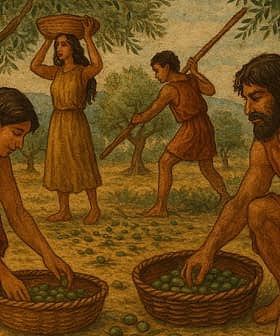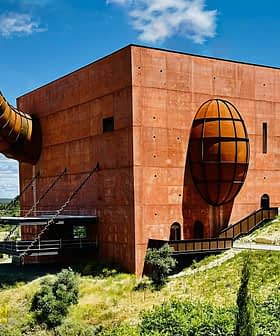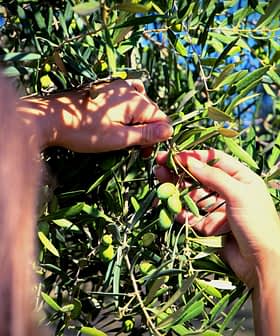Olive Oil Tours Go From Farm to Bottle
Through the boughs of olive trees, bending under the weight of their fruits, visitors to Spain, Italy, and Croatia can experience the harvest that has kept these nations alive and healthy for generations.
Food tours focused on olive oil are growing in popularity, offering visitors the chance to learn about the history and production of this ancient food while sampling the final products in Spain, Italy, and Croatia. Participants can explore olive groves, traditional mills, and learn about the extraction process, making late fall to early winter the ideal time to experience these tours.
Food tours are a booming business, with people wanting to learn how what they eat goes from farm to plate, or in this case, to bottle. As part of this growing industry, several operators have narrowed their focus to one variety of olive oil to better explore the history and importance of this ancient food to its local culture.
Olives and the oil extracted from them have played a vital role in the lives of people along the Mediterranean for centuries. Today, whether in Spain, Italy, or Croatia, visitors can wander through olive groves, learn about the oil-extraction process, and, most important, sample the final goods. Though the tours are offered year-round, the best time to partake is late fall into early winter, during the oil-pressing season.
Although oils labeled as Spanish might be a less familiar choice on American shelves, most of the olive oil sold on the world market originates in Spain. Since the Phoenicians and Greeks first brought some trees to the Iberian peninsula, Spaniards have treasured olive oil.

Guides from Olive Oil Tour in Granada, Spain, lead participants through olive-laden trees outside an Andalusian village and introduce them to a 15th-century mill where they learn about traditional oil-processing techniques that had been practiced there. The tour wraps up with an olive oil tasting and a discussion about ways to incorporate the oil into all types of foods, both sweet and savory.
Olive oil has been a staple of Italian cuisine since Ancient Rome, when the empire was introduced to this liquid gold during its forays in to foreign lands. Olive groves flourished throughout what is now modern-day Italy until the 16th and 17th centuries, when various battles and wars brought such disorder to the region that the only growers that remained were tucked away in Tuscany.

Today in this central region of Italy, luxury food and wine tour planner Le Baccanti shows visitors the highlights of the olive oil industry in a small town between Florence and Siena. Through learning about the differences between traditional and modern extraction processes as well as what oil tasters are looking for in a great sample, tour takers can walk away educated about the importance this food holds for this region.
Some consider Croatian olive oil to be among the best the world. Šoltansko maslinovo ulje, which is oil produced on the island of Šolta off the central Dalmatian Coast, has even been awarded official Protected Geographic Indications and Protected Designations of Origin status, joining the likes of Champagne and Roquefort cheese.

Olive oil aficionados can day-trip to Šolta to tour Olynthia Natura. There they can lay hands on 1,000-year-old-plus olive trees, specimens of some of the oldest cultivated trees in the world. After touring the groves, participants head to the mill where guides from the Kastelanac family lead a “Taste Like a Pro” class, sharing their knowledge gained from four generations of olive oil producers.
While strolling through the boughs of olive trees, bending under the weight of their fruits, visitors to these three countries can experience the age-old process of the olive harvest and processing that has kept these nations alive and healthy for generations.









